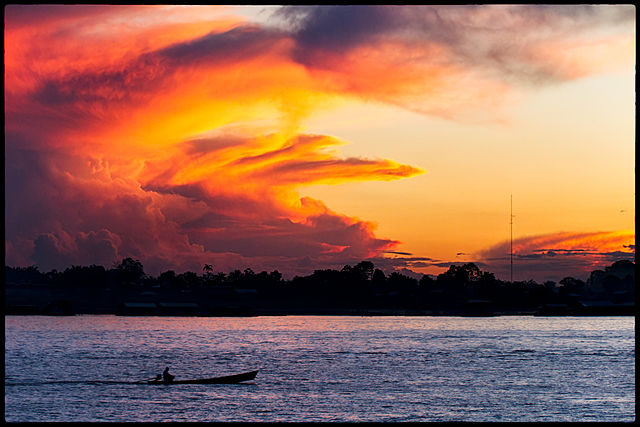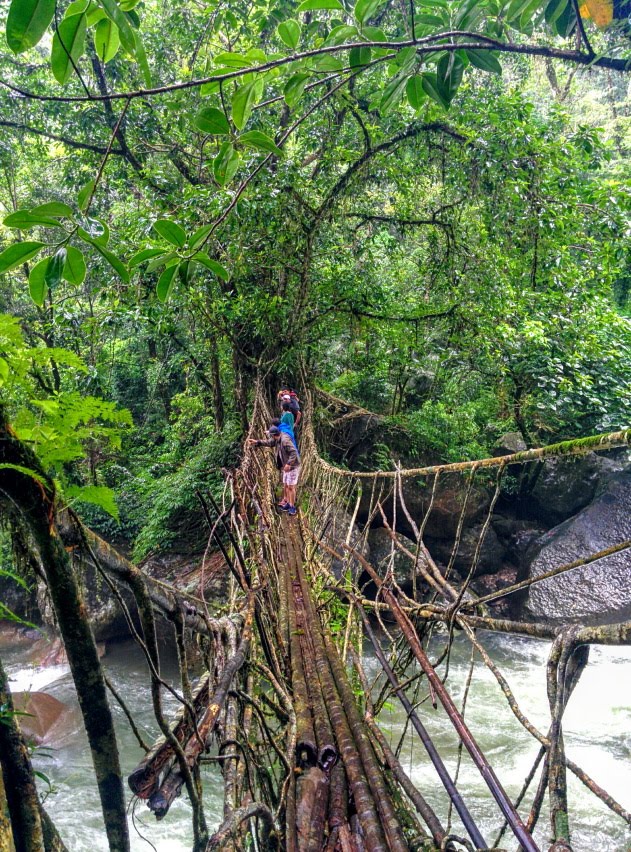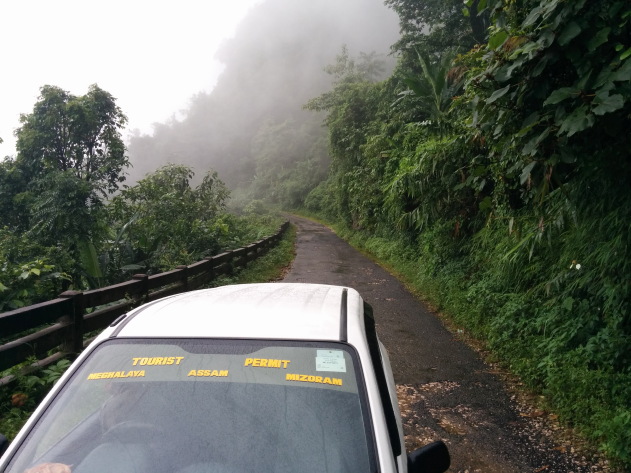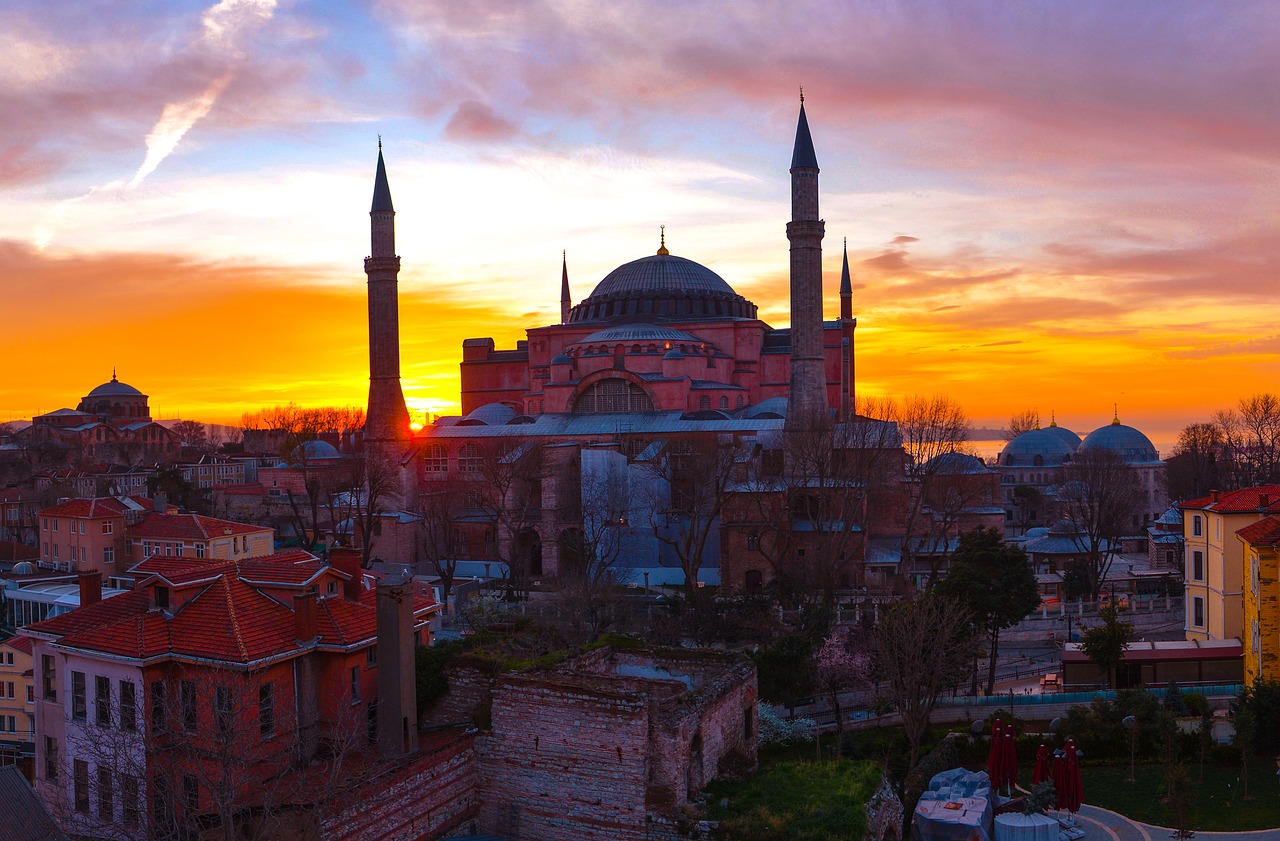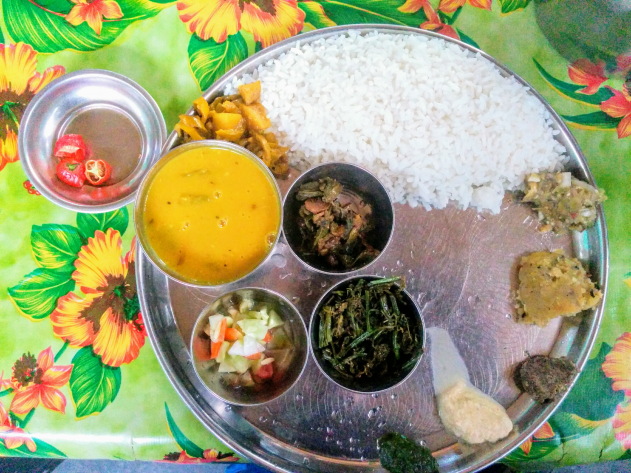7 Practical Tips to Create Captivating Travel Photos
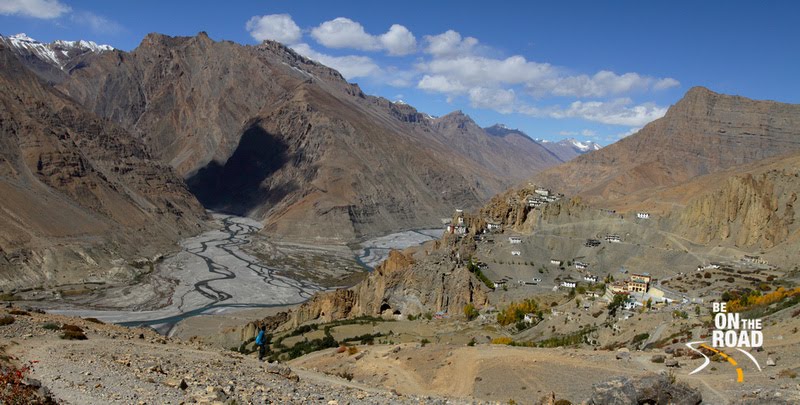
How do you create travel photos that are not only stunning, but are remarkable as well? It can be tricky to take photos that are both compelling and unique, especially when there are many other travellers who have already done the same shots.
There are a lot of articles out there which explain about photography techniques, so this article will give you a few tips on how to create extraordinary travel photos, focusing more on the practical aspects. From planning your trip to keeping your best work in a photobook after your travel, here’s what you can do to create captivating imageries.
1. Embrace the unexpected
There are times when things don’t go well, no matter how carefully you craft your plans. Thick clouds that cover what would otherwise be a stunning sky full of stars, a group of tourist coming earlier than you and ruining your hope of getting good shots of Milan Cathedral, are just a few examples of how things might not go plan. Instead of feeling disheartened at the thought of losing an opportunity to create magnificent shots, why not embrace the surprises and capture them? The tourists in front of the monument can be the human elements that you need to add a sense of scale to your photo. A sudden fog that covers the mountain can be beautiful in its own way. When unexpected things happen, don’t pack up your camera and leave, but keep shooting as the scene unravels. Sometimes, the best photo comes from the unexpected circumstances.
2. Beat the crowd
Taking photos without people in the background can be extremely frustrating, especially in the famous tourist destinations. Sometimes, human elements can add more to the photos, by adding to the sense of scale and feel to the scene. But often, we want photos clean from the crowd to really show the grandeur of a place.
To achieve this, you need to beat the crowd by getting there early, or late when the crowd is already thinning. It takes more effort and it can be exhausting, but it’s really worth it. You can plan your schedule to accommodate this. When you get up early and stay out late to get good shots, you’ll probably need a rest some time in the day, and you can do this in the midday when the sun is too bright, as taking photos during this time wouldn’t give you the best results anyway.
3. Make the most of the golden hours
Every photographer relies on golden hours, so plan your itinerary accordingly. Do your research beforehand to prioritise the places that would need to be photographed during the golden hours, or more specifically, during sunrise or sunset. As the golden hours are fleeting, plan the locations/spots to take photos as well, so you can use your time more effectively once you’re there (a tip: use Google Earth when planning this to give you a better idea of the place, and also to spot potential viewpoints).
4. Find unique angles and perspectives
How many people take the images of the Eiffel Tower from the front, or the images of Inari Shrine and its thousand gates with someone on the foreground? People tend to replicate what they see, and while they might produce decent images, these images wouldn’t be unique and remarkable to the audience, as they’ve seen many photos with similar views from similar angles before. Step further ahead and be different. Take your time to explore your surroundings and find the angles that are unusual. This way, your images will stand a chance of standing out.
Of course, there are times when this is easier said than done, especially when the destination is quite popular with fellow travellers. If this is the case, prepare to add something distinguishing to your photos. Jorge Saenz brought the highlight to his work by putting in dinosaur toys in his images. Drawing inspirations from Saenz, you can bring an action figure as your travel companion and put him in your travel photos. This is only an example though. Any unique object that helps tell the stories will also bring depth to your images and storytelling.
5. Tell a story with your photo
Photography is a form of art, and it goes deeper than just how it looks. It is images that have stories that will stuck in people’s mind, even better if it evokes emotions. Whether it’s a story about the life of people in Gorem, or a story behind the photo of Glencoe landscape, make sure that your photo has something more to offer than just the face value.
6. Travel with the camera that you’re most comfortable with
Sometimes we feel the pressure to bring a better, ‘more serious’ camera to create amazing shots. But the truth is, it’s not about the gear. What’s important is that you know your camera and its features, and feel comfortable with it. Whether you shoot with a DSLR, mirror less, or phone camera, it’s you who creates great images. Don’t be trapped into thinking that your gear defines how good your photos will be.
7. Keep a travel photo book and learn from it
Your best photos deserve to be seen and appreciated by other people, so don’t keep them hidden on your computer! Choose the images that are visually stunning and tell stories, and keep them in a photobook. When you look through your photos and sort them, try to see the areas that need improvement. Ask feedback from people as well, especially photographers. There’s always a room to improve, and having someone experienced to give you a constructive criticism can be invaluable.
Hopefully these practical tips can help you plan your travel to create outstanding and captivating photos, but don’t forget to also master the techniques, practice, and more importantly, have fun travelling!








